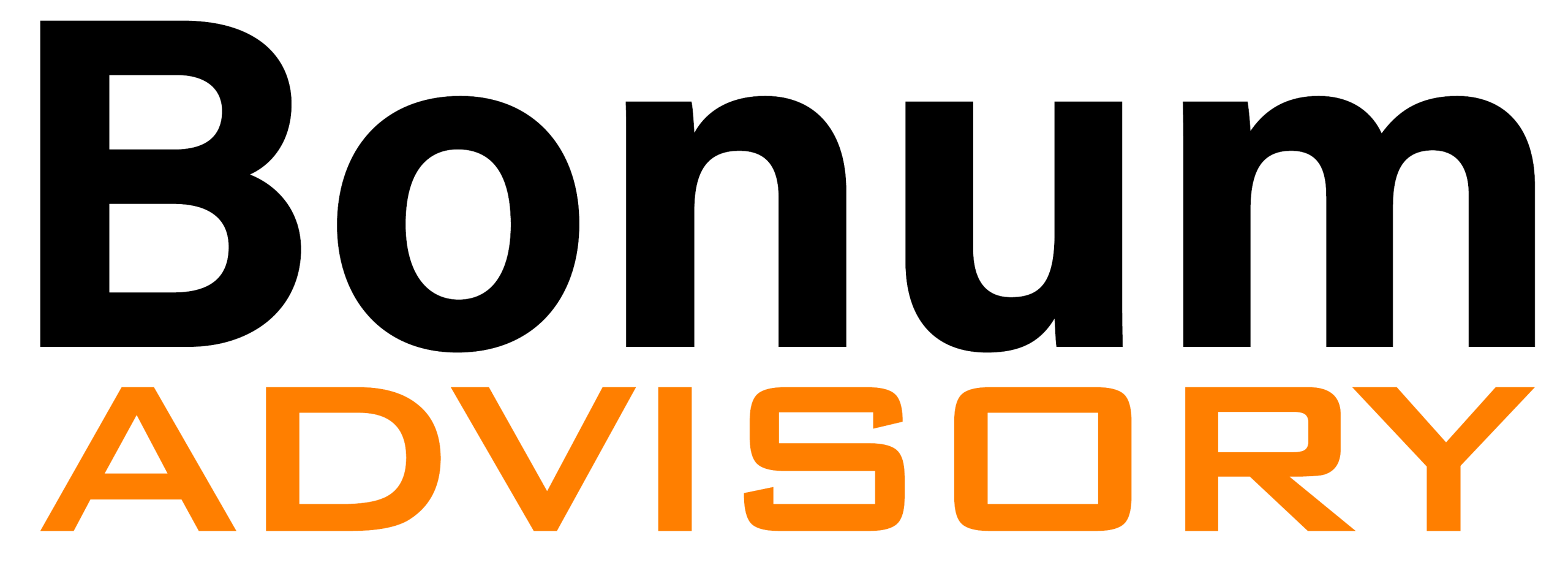September 10, 2025
Every organization faces the same fundamental challenge: with limited resources and unlimited technology options, how do you decide which initiatives to pursue? The answer lies in a structured decision-making process that addresses three critical questions in sequence: Can we implement this? Should we implement this? Will we implement this?
This trio mirrors what psychologists call the decision-making funnel—starting with feasibility, moving through evaluation, and ending in execution. By applying program management principles to technology decisions, organizations can move beyond gut instinct to make choices grounded in data and strategic alignment.
The “Can We” Phase: Feasibility Assessment
The first gate in any technology decision is feasibility. Can your organization realistically implement the proposed solution? This isn’t just about technical capability – it encompasses financial resources, organizational capacity, timeline constraints, and skill availability.
Evaluation Criteria Definition forms the foundation of this phase. Clear metrics that align with your program goals and stakeholder priorities are essential. Common feasibility criteria include:
• Technical infrastructure compatibility: Does the solution work with existing systems?
• Resource availability: Do you have the budget, people, and time required to deliver the project successfully?
• Organizational readiness: Can your culture and processes support the change?
The “Can We” phase serves as a reality check. Ideas that sound compelling in presentations often crumble under feasibility analysis. Better to discover limitations early than mid-implementation.
The “Should We” Phase: Comparative Analysis
The “Should We” phase forces organizations to compare viable options against each other and against the status quo.
Comparative Analysis Techniques provide the analytical rigor needed for sound decision-making:
Weighted Scoring Models assign numerical values to each criterion based on importance, then score each option. A customer service platform might weight “user experience” at 40%, “integration capability” at 30%, and “cost” at 30%. Then grade the options on a scale of 1-10 for each criterion. Multiply the weight with the grade to get the criterion score for that option. Compare the sum of the scores to rank the options. This quantitative approach reduces bias and enables objective comparison.
Cost-Benefit Analysis goes beyond initial purchase price to examine total cost of ownership against expected returns. The cheapest solution often becomes expensive when hidden costs surface. Consider high-level time-in-motion studies to quantify the benefits in the equation. CostBenefit Analysis will give you a sense of how quickly the investment in the option will begin to produce the benefit once the cost is covered.
Risk vs. Reward assessment balances potential value against implementation risks. High-reward options may justify higher risks, but only when organizations understand and can mitigate those risks. Ensure these risks are well understood and have a mitigation plan for each.
The “Will We” Phase: Scenario Planning and Execution
The final phase moves beyond analysis into decisive action. It’s where the organization must demonstrate its willingness and readiness to commit to the technology initiative. This is not just about feasibility – it’s about leadership alignment, resource dedication, and a shared belief in the strategic value of the project.
This phase answers whether your organization will truly move forward. It’s where cultural readiness, executive sponsorship, and organizational priorities converge. Analytical insights may support the case, but without strong leadership commitment and business buy-in, even the most promising initiatives can fail. Execution requires more than planning – it demands ownership, momentum, and a clear signal
from leadership that the project is a priority, and it can coexist with concurrent business priorities. This is the moment where intent becomes action.
Avoiding Common Pitfalls
Organizations often skip directly to “Will We” without adequate “Can We” and “Should We” analysis. This leads to predictable failures: projects that exceed budgets, miss deadlines, or fail to deliver
expected benefits. Finally, don’t let analysis paralysis prevent decision-making. The goal isn’t perfect information but adequate information to make sound choices within reasonable timeframes.
Implementation Excellence
The most sophisticated analysis means nothing without disciplined execution. Once you’ve determined what you can, should, and will implement, focus becomes critical. Organizations that spread resources across too many initiatives often succeed at none.
Project management principles provide structure for implementation: clear governance, defined roles, regular checkpoints, and change management processes. The same rigor applied to option evaluation should extend through execution.
The Strategic Advantage
Organizations that consistently apply this three-phase framework develop what might be called “strategic decision muscle.” They make better technology choices not because they’re smarter, but because they’re more systematic. In an era of accelerating technological change, this systematic approach becomes a competitive advantage. While competitors chase the latest trends, disciplined organizations focus on initiatives they can successfully implement, should prioritize given their strategic context, and will execute with commitment and resources.
The Can We, Should We, Will We framework transforms technology decision-making from art to science – not eliminating judgment, but grounding it in analysis and clear thinking.
